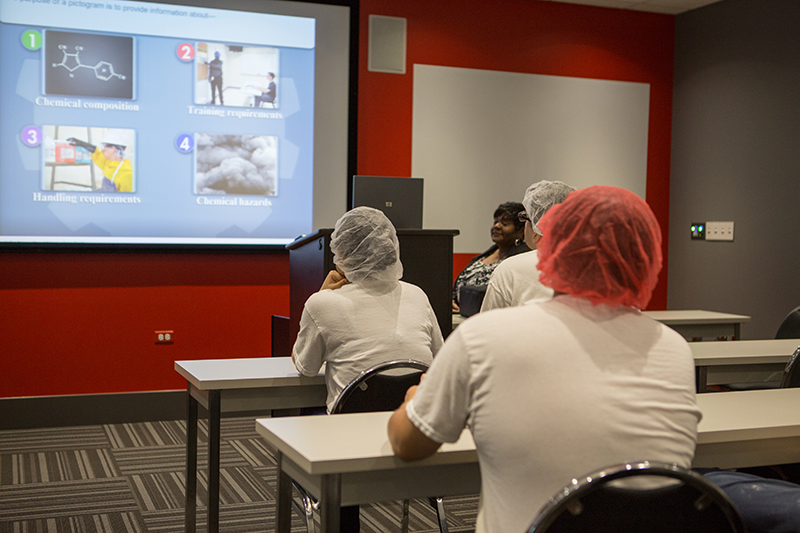Change and continuous improvement go hand in hand. Any continuous improvement journey is just that—a journey, not an endpoint; it’s a process to get to a better place. Successful operations constantly change to meet the evolving needs of the business and its stakeholders. But change can provide lots of speed bumps, roadblocks and yield signs if not managed from a positive perspective. Consider that faster is not always better—simplicity is usually the best way to get from point A to point B. Here are a few helpful hints to help you manage the change that accompanies continuous improvement.
- Realize that all things can be improved upon. Whether the improvement is a minor tweak or a major overhaul, objective vision is a must to maintain momentum.
- Collection of baseline data is important. Data-driven decisions will provide a road map for improvement with the right direction, use of good data and careful interpretation.
- Measuring the result of any change will either validate your assumptions or provide a pivot point for moving in a new direction.
- Failure to continually improve is the same as standing still. Don’t let road blocks stop your progress.
- Sometimes the smallest improvements yield the best results. Fine tuning doesn’t have to be a massive undertaking. Don’t be afraid to keep it simple.
- Change is inevitable, so embrace it. Become an advocate for change through leadership and a positive attitude. Others will follow.
- Programs that are improved over time will not be taken for granted. Antiquated processes provide diminishing returns, grow stale, and become extinct quickly.
- Involve all stakeholders in continuous improvement efforts. Getting upfront buy-in instills pride of ownership and helps to ensure success.
- Train for all changes—whether on the plant floor or an office business process. Up-to-date training is imperative, because adults are creatures of habit. Set your continuous improvement efforts up for success by ensuring that changes have been communicated and reinforced.
Just as in life, effective programs, procedures, and policies are journeys, not destinations. Keeping the journey from becoming an uphill struggle requires a culture of continuous improvement—and a company-wide willingness to embrace change.








I agree Holly, it’s all about adapting your current procedures to meet the current standards.